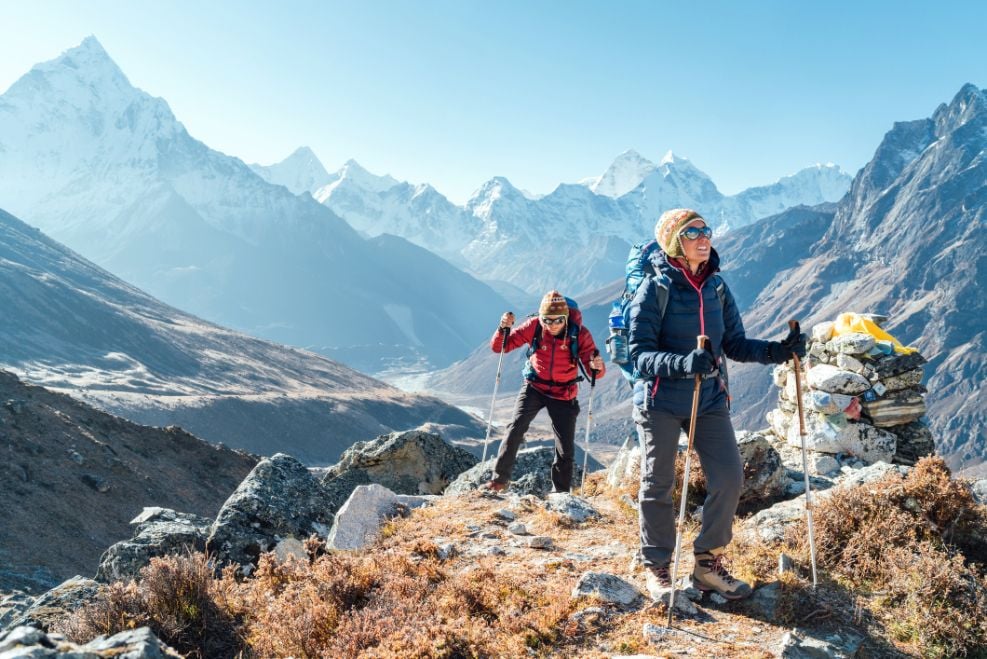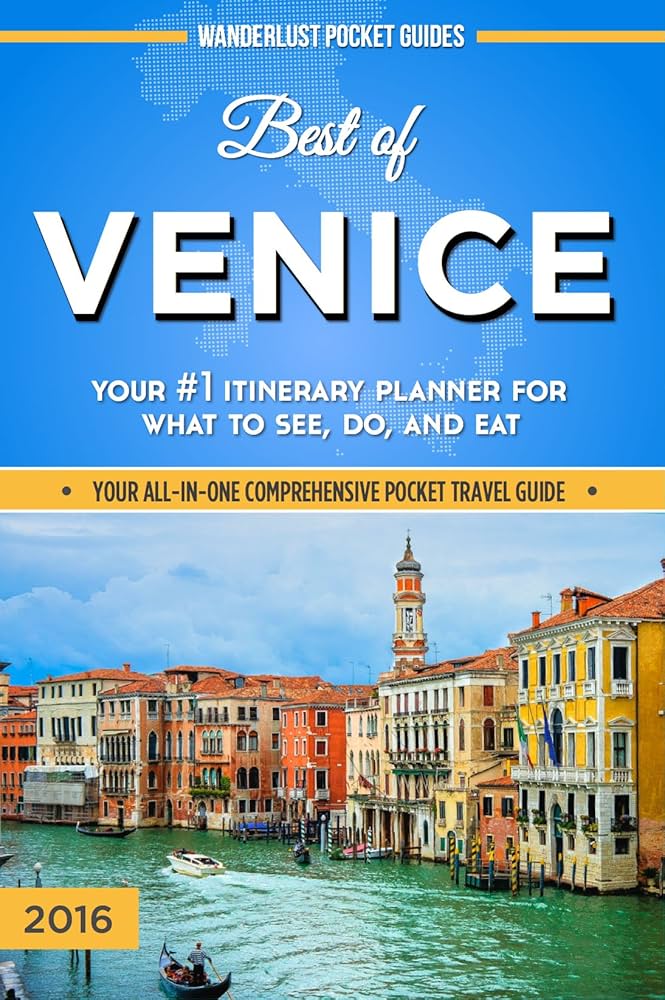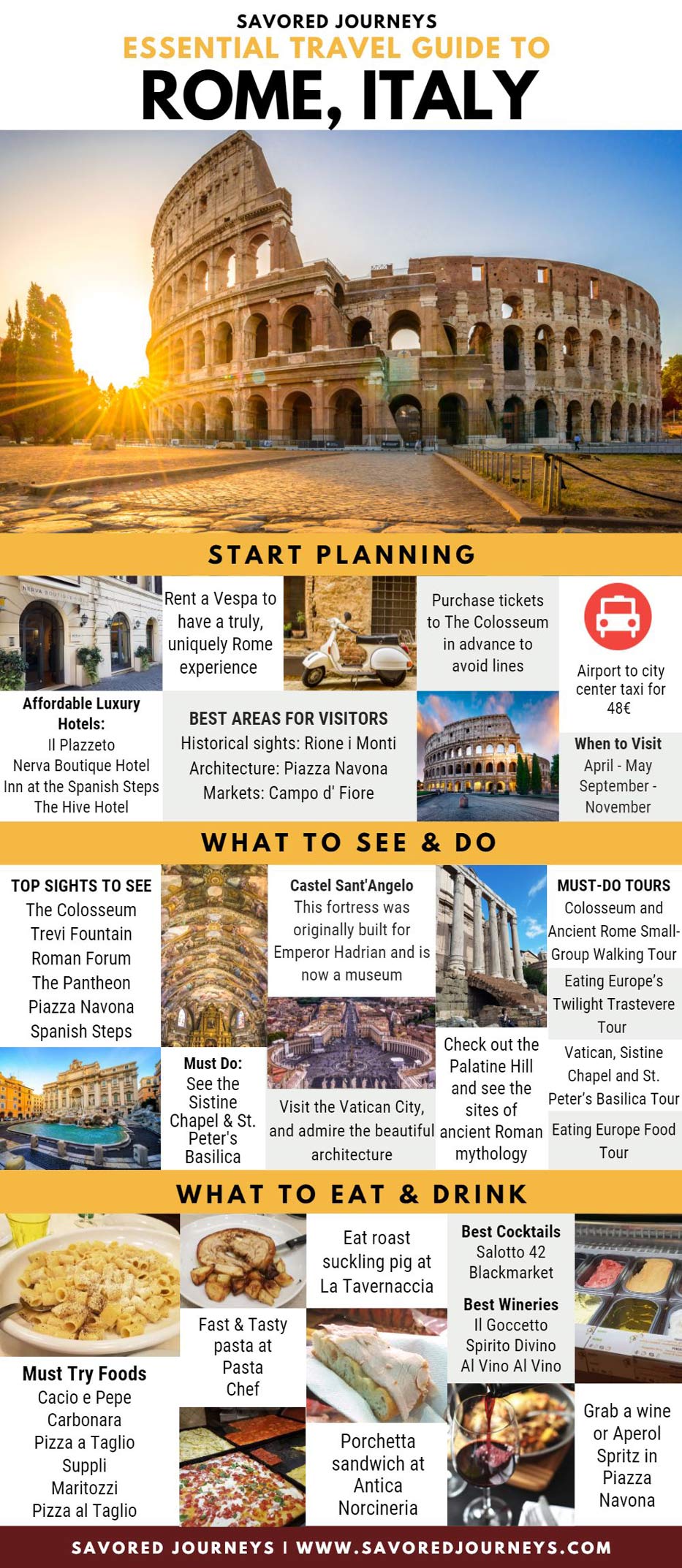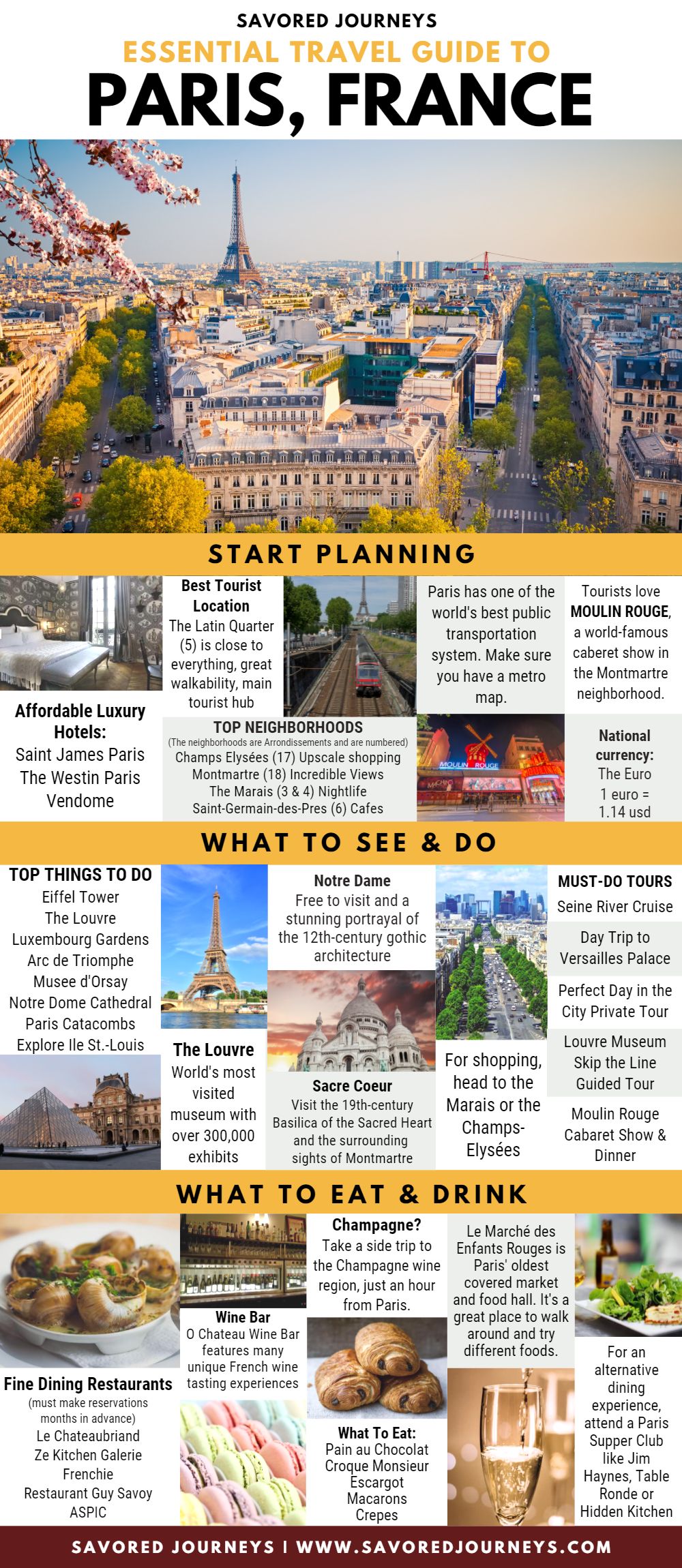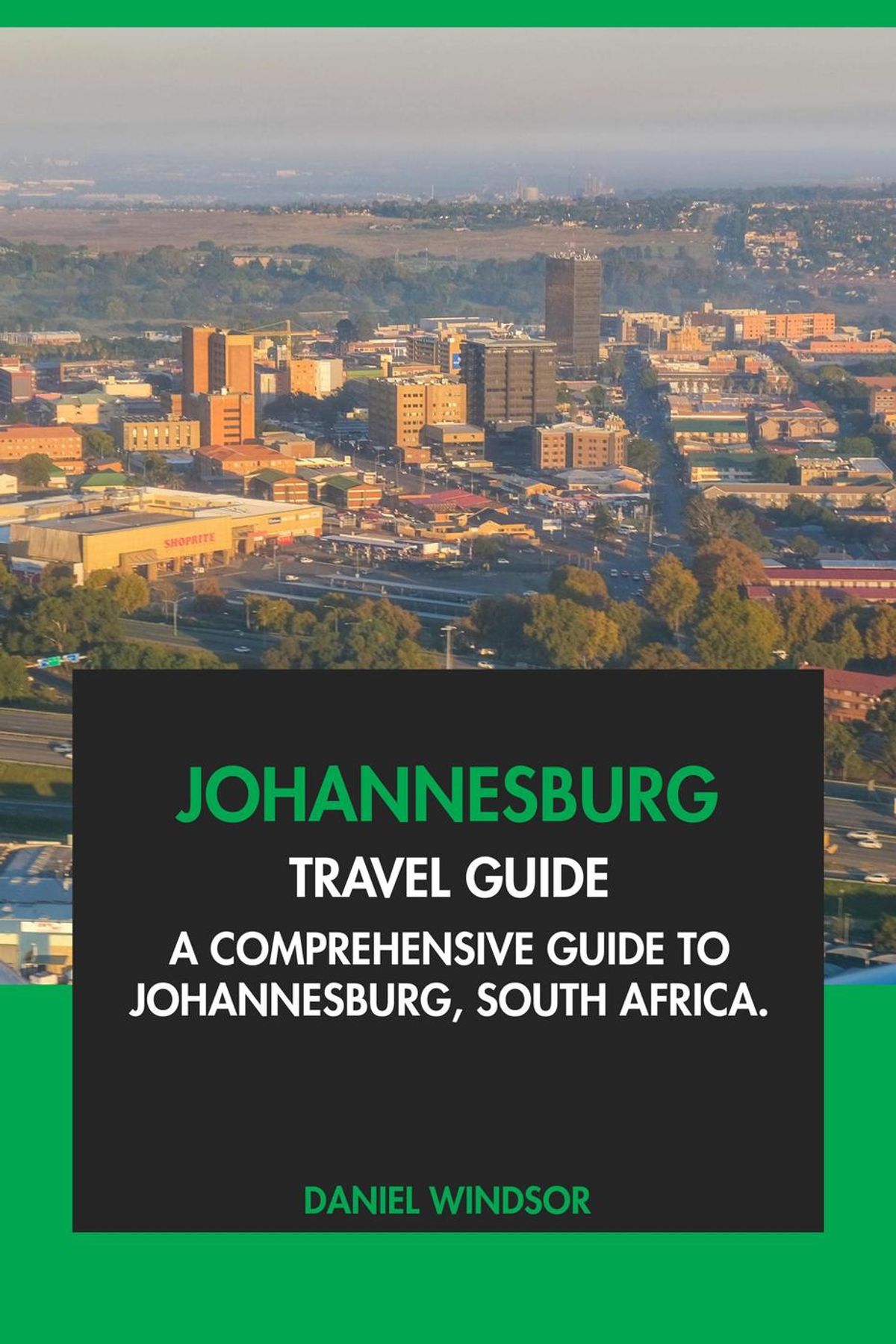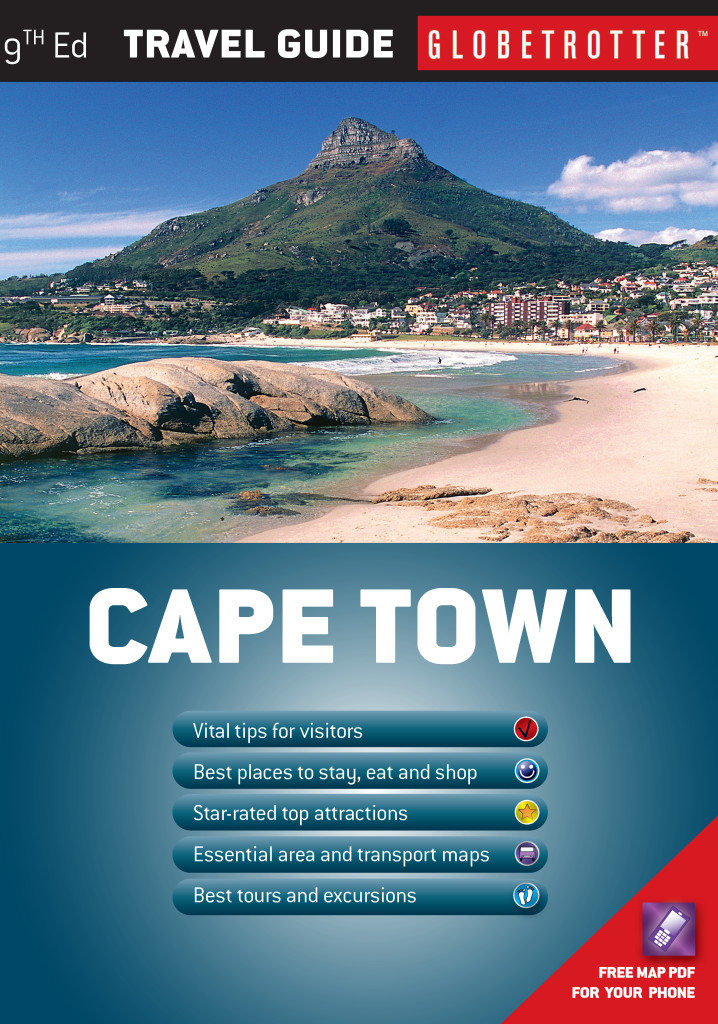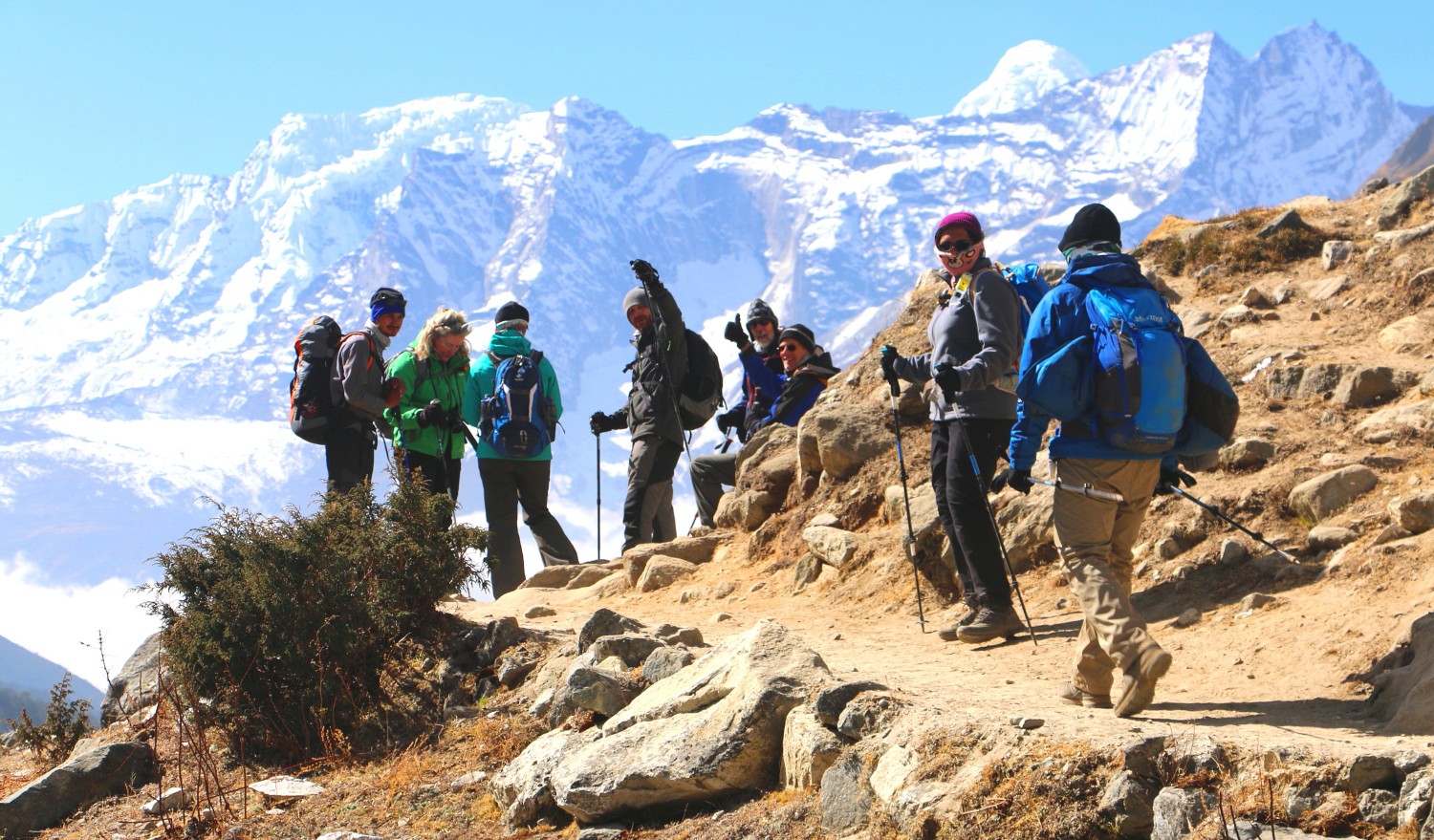
The Himalayas, a majestic rampart of ice and rock piercing the heavens, have long captivated the human spirit. More than just a geographical wonder, this colossal mountain range is a realm of profound spiritual significance, breathtaking beauty, and unparalleled adventure. From the dizzying heights of Everest to the tranquil valleys of Ladakh, adventure tours in the Himalayas offer an intoxicating blend of physical challenge, cultural immersion, and soul-stirring discovery. For those who seek to push their limits and connect with nature on a grand scale, the Himalayas stand as the ultimate playground, promising experiences that linger long after the descent.
A Legacy of Exploration: The History of Himalayan Adventure
The story of Himalayan adventure is as old as the mountains themselves, evolving from ancient pilgrimages and trade routes to the sophisticated tourism industry of today. For millennia, the Himalayas were not merely a barrier but a conduit for cultural exchange. Ancient Buddhist monks, Hindu sadhus, and intrepid traders on the Silk Road traversed treacherous passes, driven by faith, commerce, or the simple desire to explore. These early voyagers, often unsupported and facing extreme conditions, laid the groundwork for future exploration, their paths etching routes that modern trekkers still follow.
Related Articles about The Ultimate Ascent: Unveiling the Thrills of Himalayan Adventure Tours:
- Dragons, Diving, and Dramatic Landscapes: Your Ultimate Guide to Visiting Komodo National Park
- Iceland: A Land of Fire and Ice, Adventure and Serenity
- Unveiling the Majesty: Top Things to Do in the United Kingdom
- The Sands of Time and the Towers of Tomorrow: A Journey Through the Best Tourist Attractions in the United Arab Emirates
- The Unspoiled Frontier: Budget Travel Adventures in Oceania
The formal era of Himalayan exploration began in earnest with the British colonial period in India during the 19th century. Driven by cartographic ambition, scientific curiosity, and later, the pursuit of sporting glory, European explorers and mountaineers began to meticulously map and attempt the region’s formidable peaks. Figures like George Mallory, who famously declared he wanted to climb Everest "because it’s there," epitomized the early 20th-century obsession with conquering the world’s highest mountains. Expeditions were massive undertakings, requiring hundreds of porters and vast logistical support, often pushing the boundaries of human endurance and technology.
The successful ascent of Mount Everest by Tenzing Norgay and Edmund Hillary in 1953 marked a pivotal moment, shattering the myth of invincibility surrounding the "third pole" and igniting a global fascination with high-altitude mountaineering. The subsequent decades saw a gradual opening of formerly restricted regions in Nepal, India, and Bhutan, paving the way for commercial trekking and climbing. What was once the exclusive domain of professional explorers slowly became accessible to a wider public.
The late 20th and early 21st centuries witnessed a diversification of Himalayan adventure. Beyond traditional trekking and climbing, activities like white-water rafting, mountain biking, paragliding, and even spiritual retreats gained popularity. The advent of better infrastructure, specialized tour operators, and improved gear democratized access, allowing individuals of varying fitness levels and interests to experience the magic of the Himalayas. Today, Himalayan adventure tours blend the thrill of physical challenge with a deep respect for the region’s unique cultures and fragile ecosystems, carrying forward a legacy of exploration that is both ancient and ever-evolving.
The Grand Tapestry of Adventure: Main Attractions
The sheer scale and diversity of the Himalayas translate into an almost limitless array of adventure opportunities, catering to every level of thrill-seeker.
Trekking & Mountaineering: This remains the quintessential Himalayan adventure.
- Nepal: Home to eight of the world’s fourteen 8,000-meter peaks, Nepal offers iconic treks like the Everest Base Camp (EBC) trek, a challenging yet immensely rewarding journey through Sherpa villages to the foot of the world’s highest mountain. The Annapurna Circuit and Langtang Valley treks provide equally stunning scenery, cultural insights, and diverse landscapes, from lush rhododendron forests to arid alpine deserts.
- India: The Indian Himalayas boast diverse trekking experiences. Ladakh offers high-altitude desert treks like the Markha Valley trek and the frozen river Chadar trek in winter. Himachal Pradesh features the picturesque Hampta Pass and treks into the remote Spiti Valley. Uttarakhand is renowned for the vibrant Valley of Flowers and the challenging pilgrimage route to Roopkund Lake.
- Bhutan: Known for its pristine environment and unique cultural preservation, Bhutan offers treks like the Jomolhari trek and the Druk Path trek, combining stunning mountain vistas with visits to ancient monasteries.
Mountaineering expeditions range from challenging peaks like Mera Peak and Island Peak in Nepal to technical climbs in the Garhwal Himalayas of India.
River Rafting & Kayaking: The Himalayan rivers, fed by glacial melt, provide exhilarating white-water experiences.
- India: The Ganges River near Rishikesh is famous for its thrilling rapids, attracting both beginners and experienced rafters. The Indus River in Ladakh offers scenic rafting through deep gorges, while the Zanskar River provides an extreme multi-day expedition.
- Nepal: The Trishuli, Bhote Koshi, and Sun Kosi rivers are popular choices, offering a mix of adrenaline-pumping rapids and beautiful riverside camping.
Mountain Biking: With its rugged terrain and dramatic elevation changes, the Himalayas are a paradise for mountain bikers.
- India: The Manali-Leh Highway is a legendary route, attracting cyclists from around the world to conquer its high passes. Ladakh and Himachal Pradesh offer numerous trails through remote villages and stunning landscapes.
- Nepal: The Kathmandu Valley has a network of trails, and more adventurous routes can be found in areas like Mustang, offering a blend of cultural exploration and physical challenge.
Paragliding: Soaring above the majestic peaks offers an unparalleled perspective of the Himalayan landscape.
- India: Bir Billing in Himachal Pradesh is considered one of the best paragliding sites in the world, hosting international competitions.
- Nepal: Pokhara, with its stunning lake and Annapurna views, is another prime location for tandem and solo paragliding.
Wildlife Safaris & Nature Walks: Beyond the high peaks, the lower reaches and national parks of the Himalayas are teeming with diverse flora and fauna.
- India: Jim Corbett National Park (Uttarakhand) is famous for tigers, while the Great Himalayan National Park (Himachal Pradesh) is a UNESCO World Heritage site known for its biodiversity.
- Nepal: Sagarmatha National Park (Everest region) is home to unique high-altitude wildlife, including snow leopards and red pandas.
These offer opportunities for birdwatching, wildlife spotting, and peaceful immersion in nature.
Cultural Immersion & Homestays: Many adventure tours integrate opportunities to connect with local communities. Staying in a Sherpa teahouse, a Ladakhi homestay, or a remote village in Himachal Pradesh provides invaluable insights into the unique lifestyles, traditions, and spiritual beliefs of the Himalayan people, adding a profound dimension to the physical journey.
Navigating the Heights: Essential Travel Tips
Embarking on a Himalayan adventure requires careful planning and preparation to ensure a safe and enjoyable experience.
- Physical Fitness: Most adventure tours, especially treks, demand a good level of physical fitness. Start a training regimen well in advance, focusing on cardiovascular endurance, strength training, and hiking with a weighted pack.
- Acclimatization to Altitude: Altitude Sickness (AMS) is a serious concern at high elevations. Plan your itinerary to include gradual ascents, rest days for acclimatization, and stay hydrated. Learn the symptoms of AMS (headache, nausea, dizziness) and never ignore them. Descending is the best cure.
- Packing Smart: Layered clothing is crucial due to rapidly changing weather. Include waterproof and windproof outer layers, warm base layers, sturdy hiking boots, a good sleeping bag (for treks), sun protection (hat, sunglasses, high SPF sunscreen), and a comprehensive first-aid kit.
- Reputable Operators, Guides & Porters: For safety and logistical ease, especially for challenging treks or expeditions, book with a well-established and ethical tour operator. Employing certified local guides and porters not only enhances your experience with their expertise but also supports local economies. Ensure they are well-equipped and fairly compensated.
- Permits & Insurance: Many regions require permits (e.g., TIMS card in Nepal, Inner Line Permit in Ladakh) for trekking or entry. Arrange these in advance or through your tour operator. Comprehensive travel insurance, covering high-altitude trekking, medical emergencies, and helicopter evacuation, is non-negotiable.
- Respect Culture & Environment: The Himalayas are home to diverse cultures and fragile ecosystems. Dress modestly, especially when visiting religious sites. Ask permission before photographing people. Practice "Leave No Trace" principles: carry out all your waste, avoid plastic, and stick to marked trails.
- Stay Hydrated & Eat Well: Drink plenty of purified water throughout your trip. Consume energy-rich, balanced meals. Avoid tap water unless it’s boiled or treated.
- Flexibility: Weather in the mountains can be unpredictable, leading to flight delays, road closures, or itinerary changes. Be prepared for contingencies and maintain a flexible attitude.
Timing Your Ascent: Best Time to Visit
Choosing the right time to visit the Himalayas significantly impacts the experience, as weather patterns dictate accessibility and visibility.
- Spring (March to May): This is an excellent time for trekking and adventure. The weather is generally stable, with clear skies and moderate temperatures. Lower altitudes burst with vibrant rhododendron blooms. Days are longer, and visibility is usually good before the monsoon haze sets in.
- Autumn (September to November): Widely considered the best time to visit the Himalayas. The monsoon rains have cleared the air, offering crisp, clear skies and unparalleled mountain views. Temperatures are pleasant for trekking, and trails are generally in good condition. This is peak season, so expect more crowds, especially on popular routes.
- Winter (December to February): While significantly colder, winter offers a unique and quieter Himalayan experience. High passes are often closed due to heavy snowfall, but lower altitude treks, skiing (in places like Auli, India), and experiencing snow-covered landscapes are popular. It’s a great time for photography and fewer crowds, but requires specialized gear and tolerance for cold.
- Monsoon (June to August): The monsoon season brings heavy rainfall, making many trails slippery, prone to landslides, and infested with leeches. Views are often obscured by clouds. However, some rain-shadow regions like Ladakh (India) and parts of Upper Mustang (Nepal) remain dry and accessible, offering a unique opportunity to witness the lush, vibrant post-monsoon greenery.
Resting Your Weary Bones: Nearby Hotels & Accommodation
Accommodation options in the Himalayas vary widely, from luxurious resorts in major towns to basic teahouses on remote trekking routes.
- Major Hubs (Kathmandu, Pokhara, Leh, Manali, Rishikesh, Paro): These towns offer a full spectrum of choices, from five-star hotels and boutique guesthouses to budget-friendly hostels. You’ll find amenities like hot showers, Wi-Fi, and diverse dining options.
- Trekking Routes: In Nepal and parts of India, teahouses or lodges are prevalent, offering simple rooms with beds, basic meals, and sometimes shared bathrooms. These are fundamental but provide essential shelter and warmth.
- Remote Villages & Homestays: Increasingly popular, homestays offer an authentic cultural experience, allowing visitors to live with local families. These are typically rustic but provide a unique insight into local life.
- Campsites: For wilderness expeditions, camping is often the only option, requiring a tent, sleeping bag, and cooking gear. Many tour operators provide fully supported camping treks.
Booking accommodation in advance is highly recommended, especially during peak seasons and for popular trekking routes.
Fueling the Journey: Local Food
Himalayan cuisine is hearty, energy-rich, and perfectly suited to the demands of adventure. It’s largely influenced by Tibetan, Nepali, and Indian culinary traditions.
- Staples: Dal Bhat (lentil soup with rice and vegetable curry) is the national dish of Nepal, providing sustained energy. Thukpa (noodle soup) and Momos (dumplings, often filled with yak meat or vegetables) are ubiquitous and delicious.
- Dairy & Grains: Yak cheese, butter tea (especially in Tibetan-influenced areas like Ladakh), and various flatbreads (chapati, tingmo) are common.
- Regional Specialties: Gorkhali curries in Nepal, Aloo Tikki (potato patties) and other street foods in the Indian foothills, and simple, wholesome meals based on local grains like barley and buckwheat are found across the region.
- Hydration & Safety: Always drink bottled or purified water. Be cautious about street food unless you see it being freshly prepared. High-altitude environments dehydrate the body faster, so prioritize fluid intake.
Reaching the Roof of the World: Transportation Options
Accessing the remote regions of the Himalayas involves a combination of air, road, and sometimes even foot travel.
- Air Travel:
- International: Major airports like Tribhuvan International Airport (Kathmandu, Nepal) and Indira Gandhi International Airport (Delhi, India) are the primary gateways.
- Domestic: Flights connect major cities to regional hubs closer to the mountains (e.g., Lukla for Everest region, Leh for Ladakh, Kullu for Manali, Bagdogra for Darjeeling/Sikkim). Flights to high-altitude airports can be subject to weather delays.
- Road Travel:
- Buses: Local and tourist buses connect cities and towns within the Himalayan regions. They are economical but can be slow and sometimes uncomfortable on winding mountain roads.
- Private Taxis/Jeeps: More expensive but offer comfort, flexibility, and speed. A 4×4 vehicle is often essential for rougher terrain and high passes. Iconic routes include the Manali-Leh Highway and the Kathmandu-Pokhara road.
- Train Travel: Limited to the plains bordering the Himalayas (e.g., Haridwar, Kalka in India). The Kalka-Shimla "toy train" is a charming heritage experience but doesn’t reach deep into the high mountains.
- Internal Travel: Once off the main roads, walking, often with the help of mules or yaks for luggage, is the primary mode of transport in remote trekking areas.
- Permits: Be aware of border crossing regulations and permits if planning to travel between countries (e.g., India-Nepal or into Bhutan).
Conclusion
The Himalayas are more than just a destination; they are an odyssey. An adventure tour here is not merely a vacation but a transformative journey that tests your limits, expands your horizons, and leaves an indelible mark on your soul. From the ancient paths of pilgrims to the cutting-edge thrill of paragliding, every facet of Himalayan adventure is infused with a sense of wonder and profound beauty. By preparing diligently, respecting the land and its people, and embracing the unpredictable nature of the mountains, you too can answer the call of these magnificent peaks and discover the unparalleled joy of adventure at the roof of the world.
